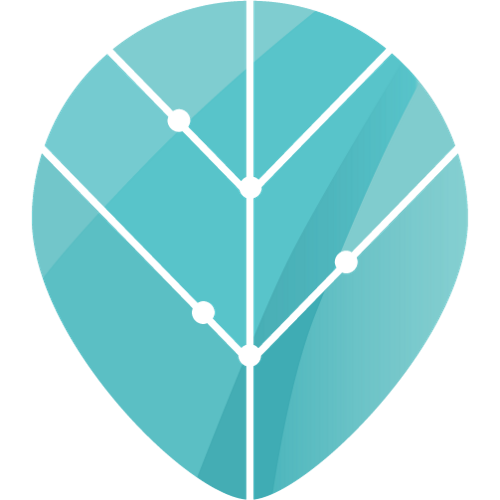A vigorous workout can help clear your mind and relieve stress — but sometimes, a hard workout can feel more stressful if you’re already overwhelmed.
Research shows that during a tough exercise session, you experience an increase in cortisol, one of your body’s primary stress hormones — but that’s not always a bad thing. “After our cortisol levels spike during a workout, they’re brought down during recovery time, and can even go lower than it was before you exercised,” Anthony C. Hackney, Ph.D., a professor of exercise physiology and nutrition at the University of North Carolina, tells Thrive.
That said, the idea of “cortisol-conscious” workouts has been gaining traction. The thinking is to plan workouts cognizant of your current stress (and cortisol) levels, so you might schedule hatha yoga or swimming — which can still raise your heart rate and get your body moving — but allow you to feel more calm if you’re already stressed. Hackney says there are other ways to ensure your workouts are relieving your stress, instead of adding to it. Here’s how to get started.
Time your workouts around your stress levels
We all have times of the day where we are most productive and feel our best, and Hackney says the same applies to our stress hormones. “Cortisol has a circadian rhythm,” he explains. “It is typically at very high levels in the morning upon waking and much lower in the later afternoon.”
According to Hackney, it can be helpful to schedule your workouts for when you feel the least stressed — and those times can vary per person. For example, if you find that you wake up feeling calm and your stress kicks in toward the end of the day, exercising in the evening will only add to your stress — while going on a morning run will work better with your body’s natural rhythm. “People have different thresholds based on their external stressors,” Hackney explains. “Selecting your exercise time will influence how much of a cortisol response you might see to the exercise session.”
Use the “casual conversation” rule of thumb
Feeling tired after a tough workout is normal, but Hackney says that if you’re constantly fatigued to the point where you can’t hold a casual conversation during or following the workout, it might be time to scale back. “If your exercise is so intense that you can’t talk to the person next to you, you might be pushing the envelope to be working your body to exhaustion,” he explains. “Exercise should not be exhaustive.” Hackney says the “casual conversation” rule of thumb can be a guide for whether or not you’re overdoing it, but above all, listening to your body is your best indicator. “You shouldn’t feel that recovery afterwards is impossible.”
Don’t just follow the trends
It feels like buzzy fitness trends are replacing traditional types of exercise, but if it’s stressful for you to try out that new spin class that seems too intense for your liking, forget the fads and stick with what makes you feel best. “For example, right now it’s popular to do HIIT training — ‘high intensity interval training.’” Hackney notes. “It’s a very effective means of training, but it’s important to make sure that ‘high intensity’ has its limit depending on our own bodies.” Hackney says that if HIIT is what makes you leave your workout feeling energized, embrace it — but if not, that’s okay too. The idea is to get moving in a way that helps you improve your life, not hinder it.
Want to share your story of how you thrive? Write to us at [email protected]


